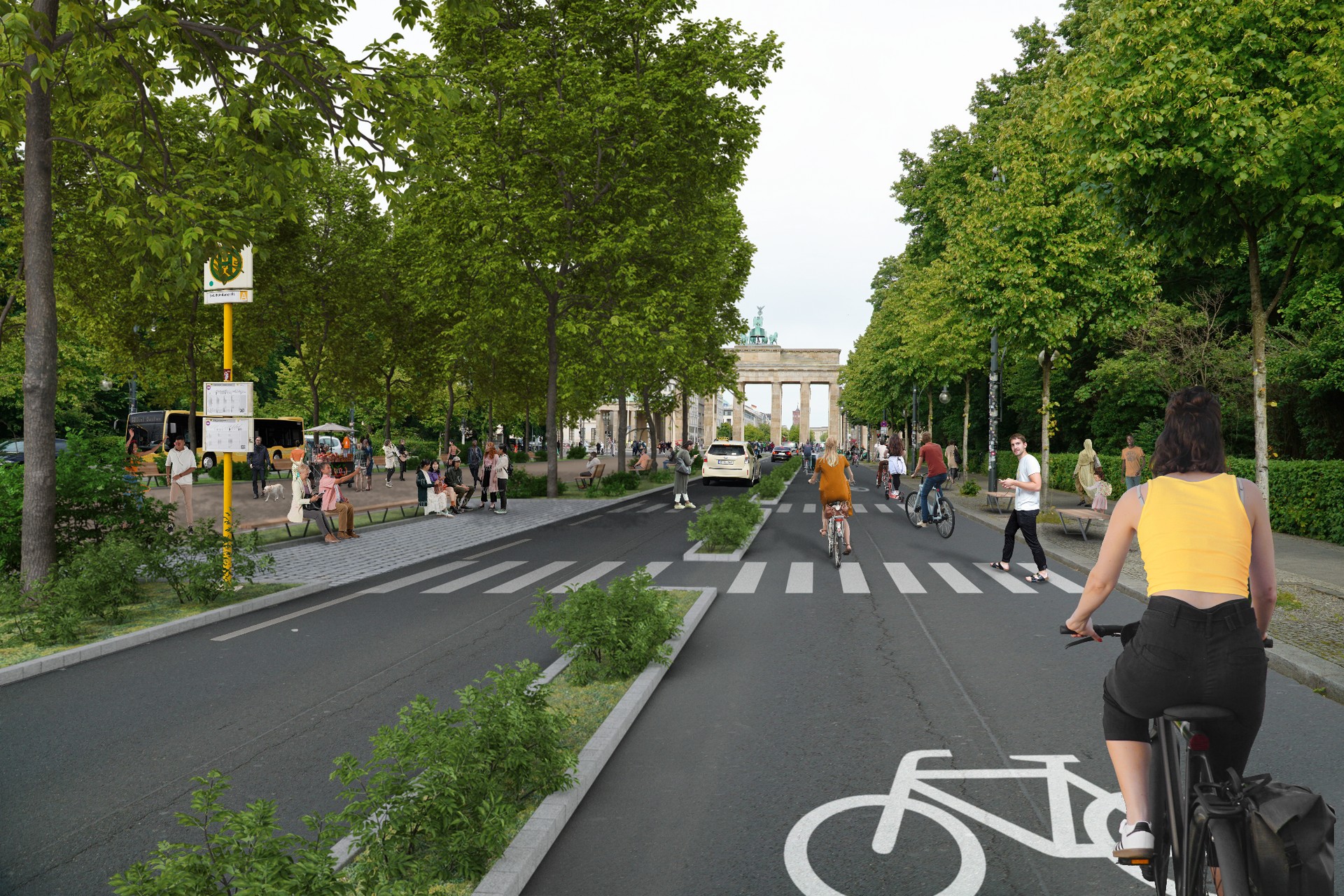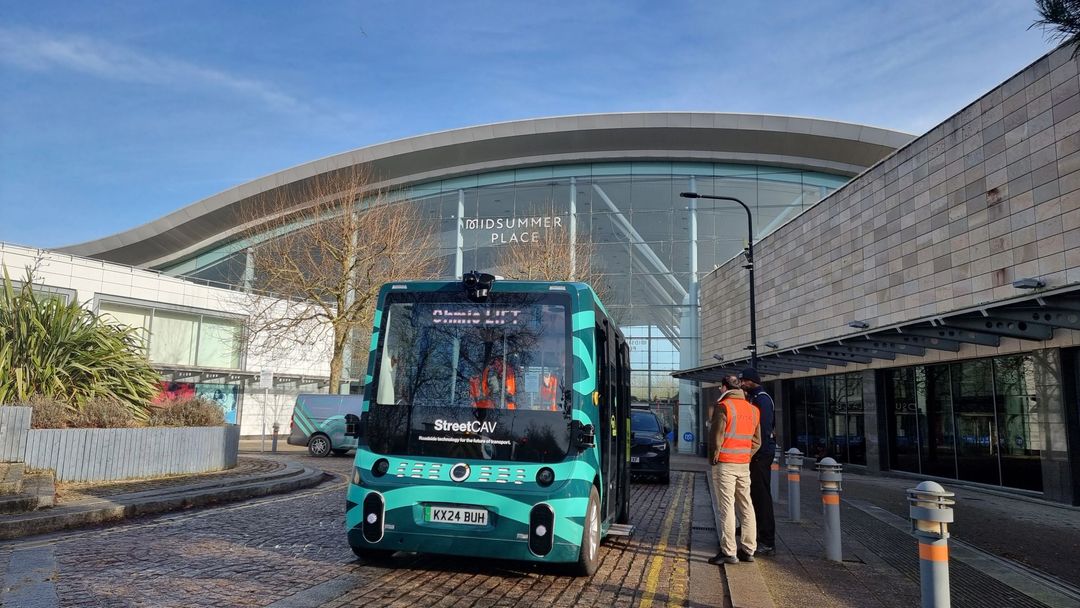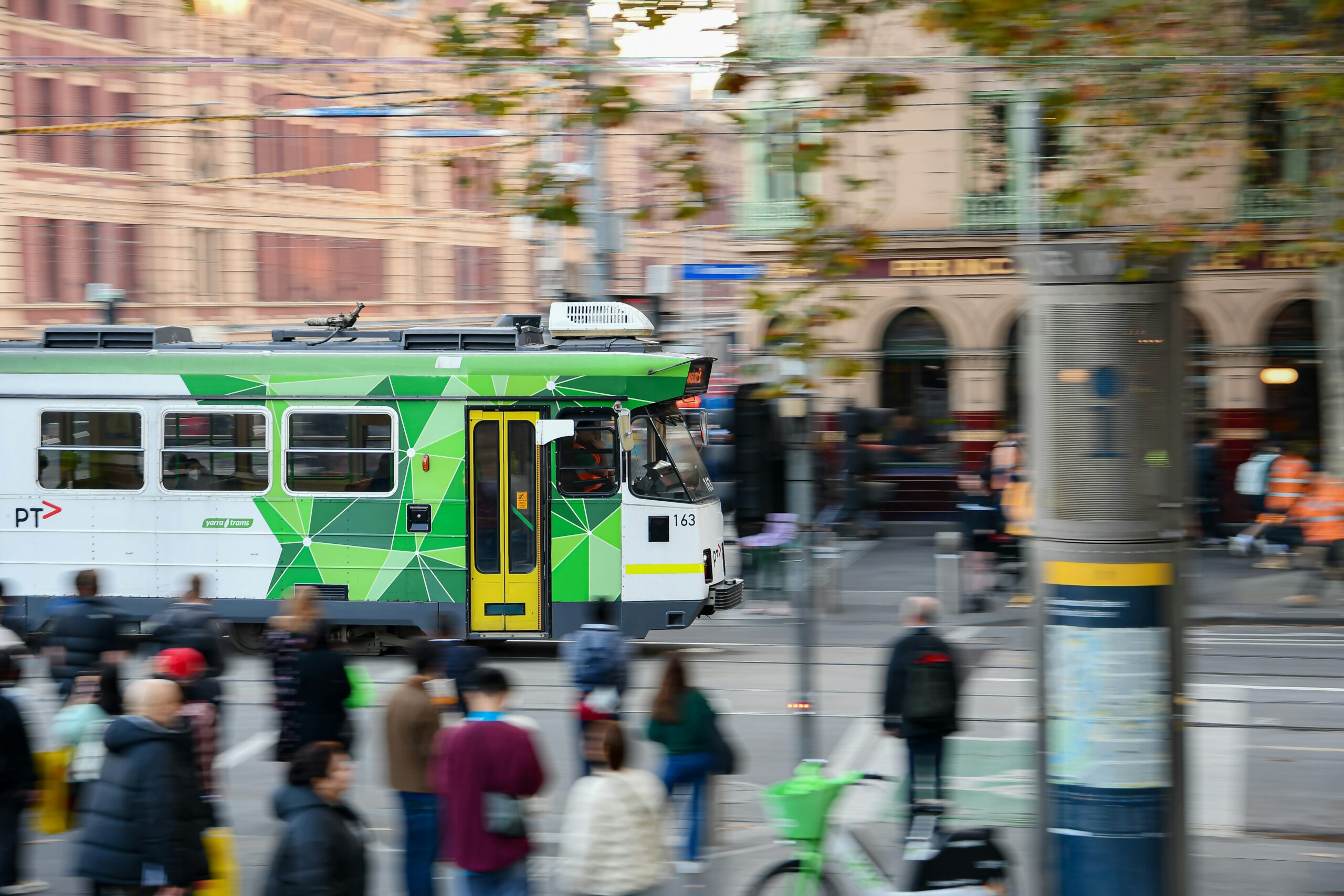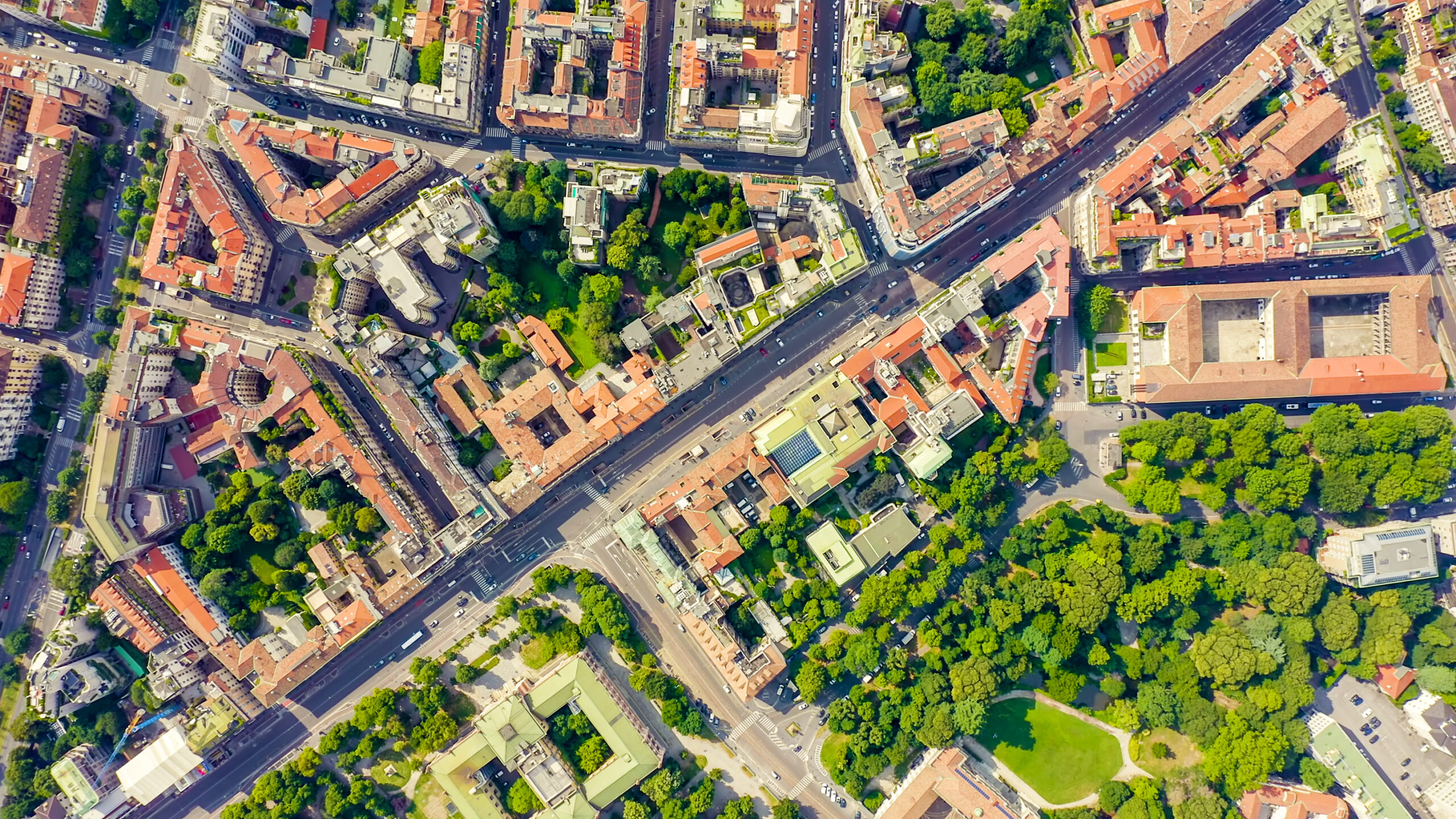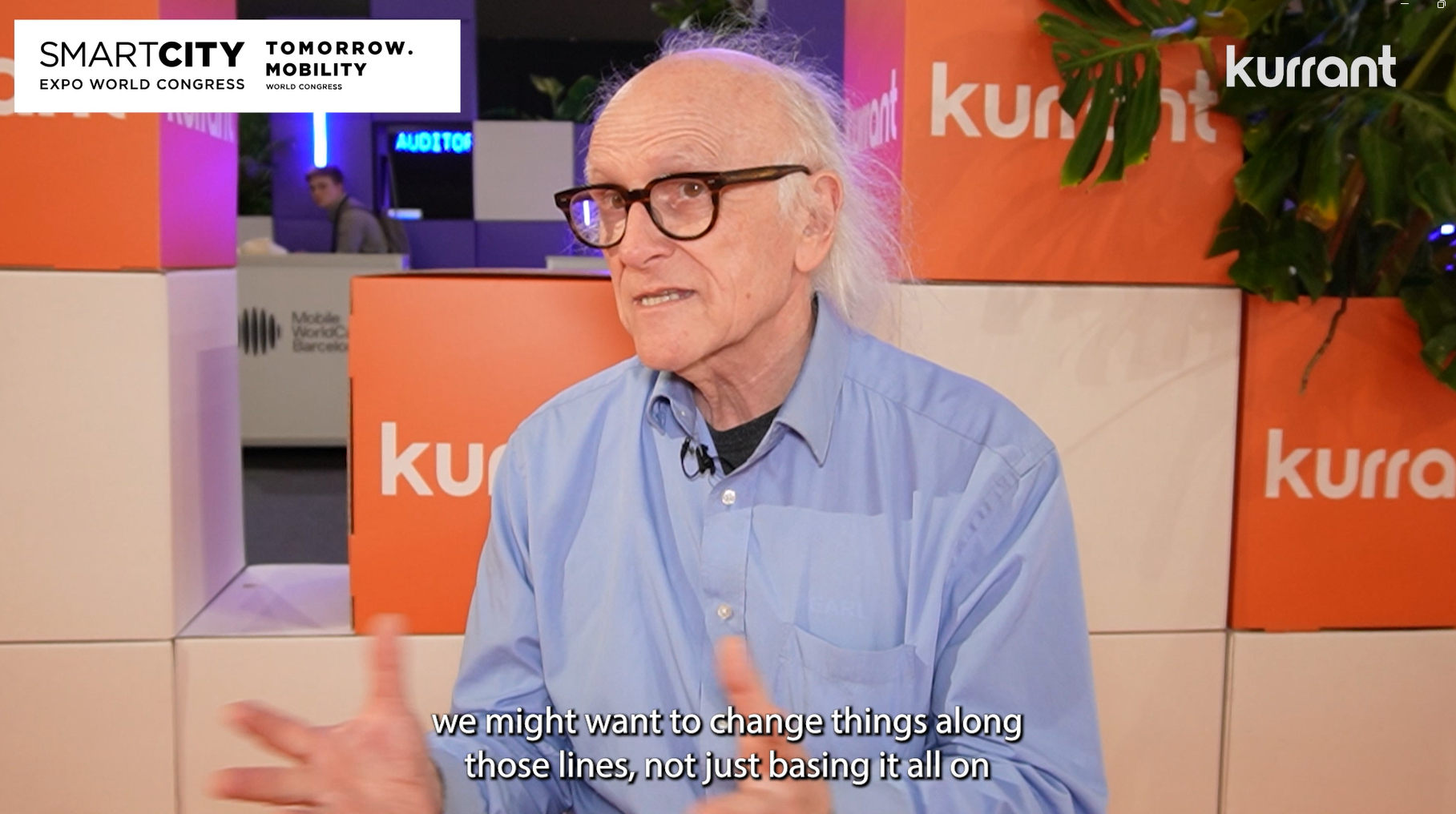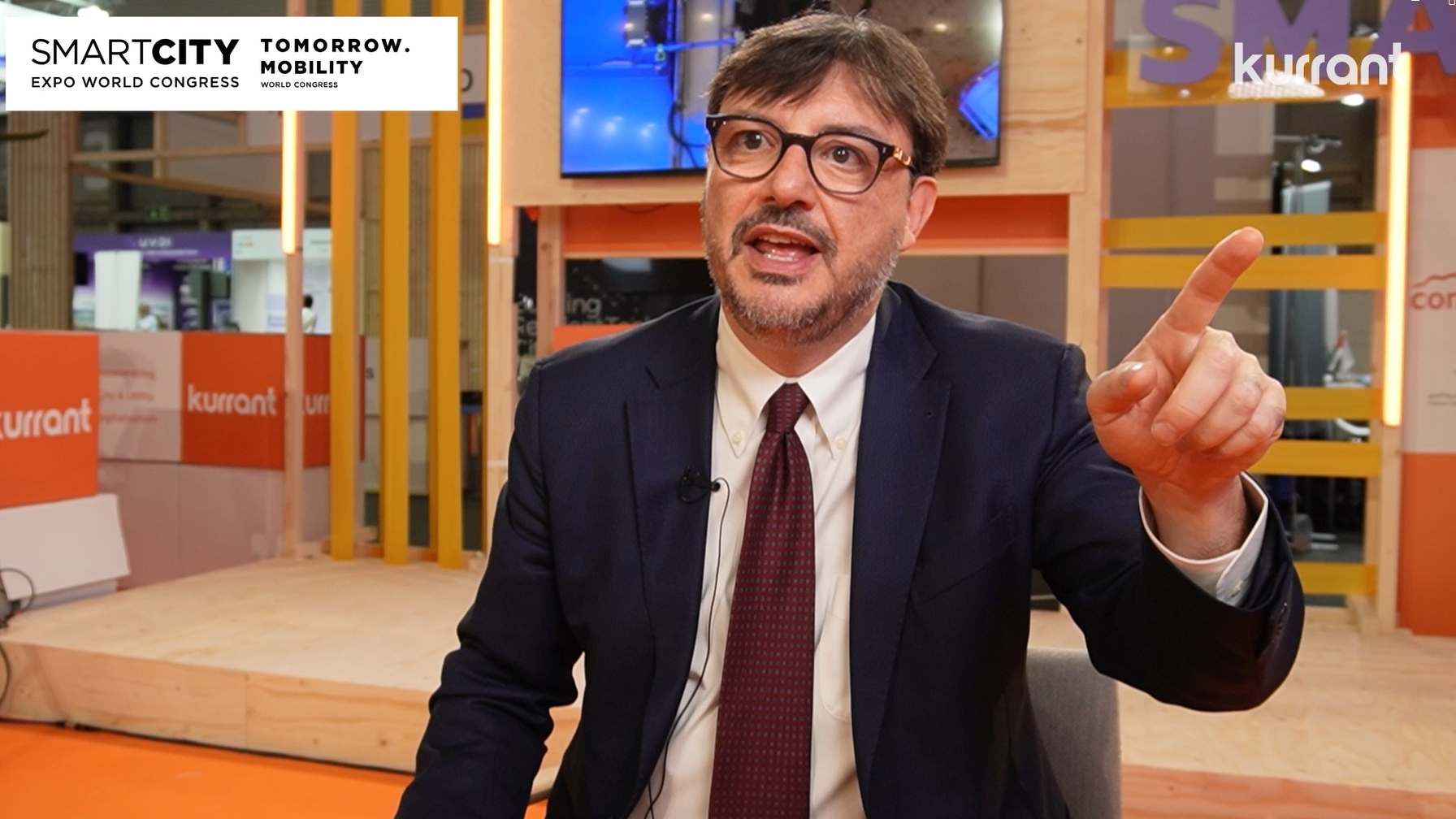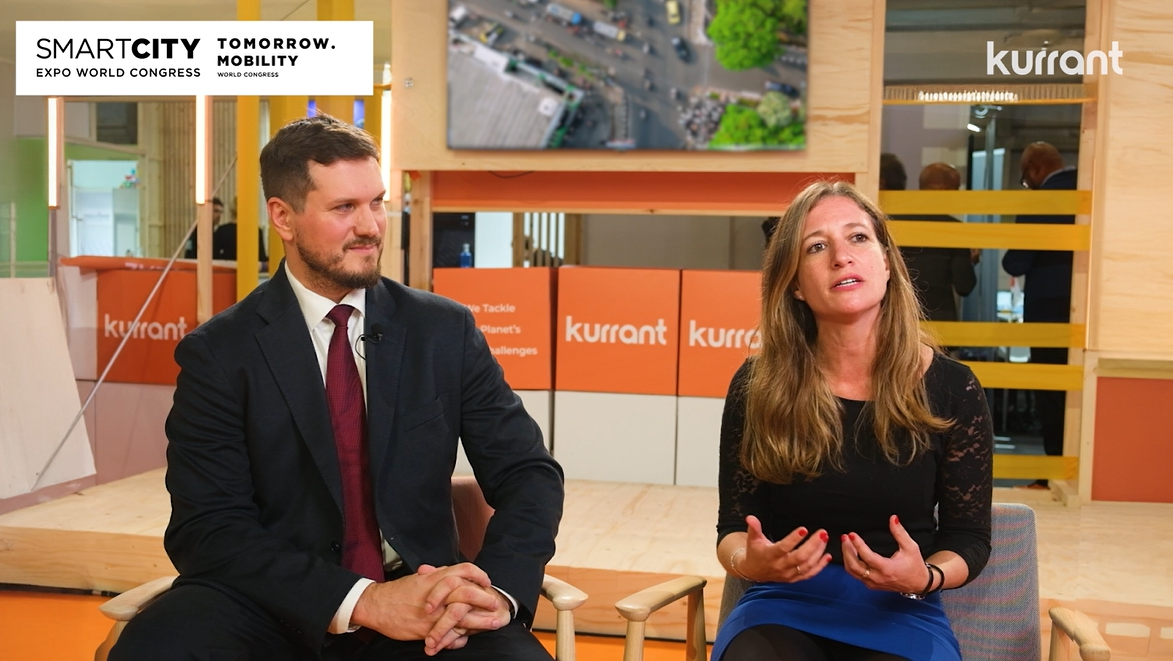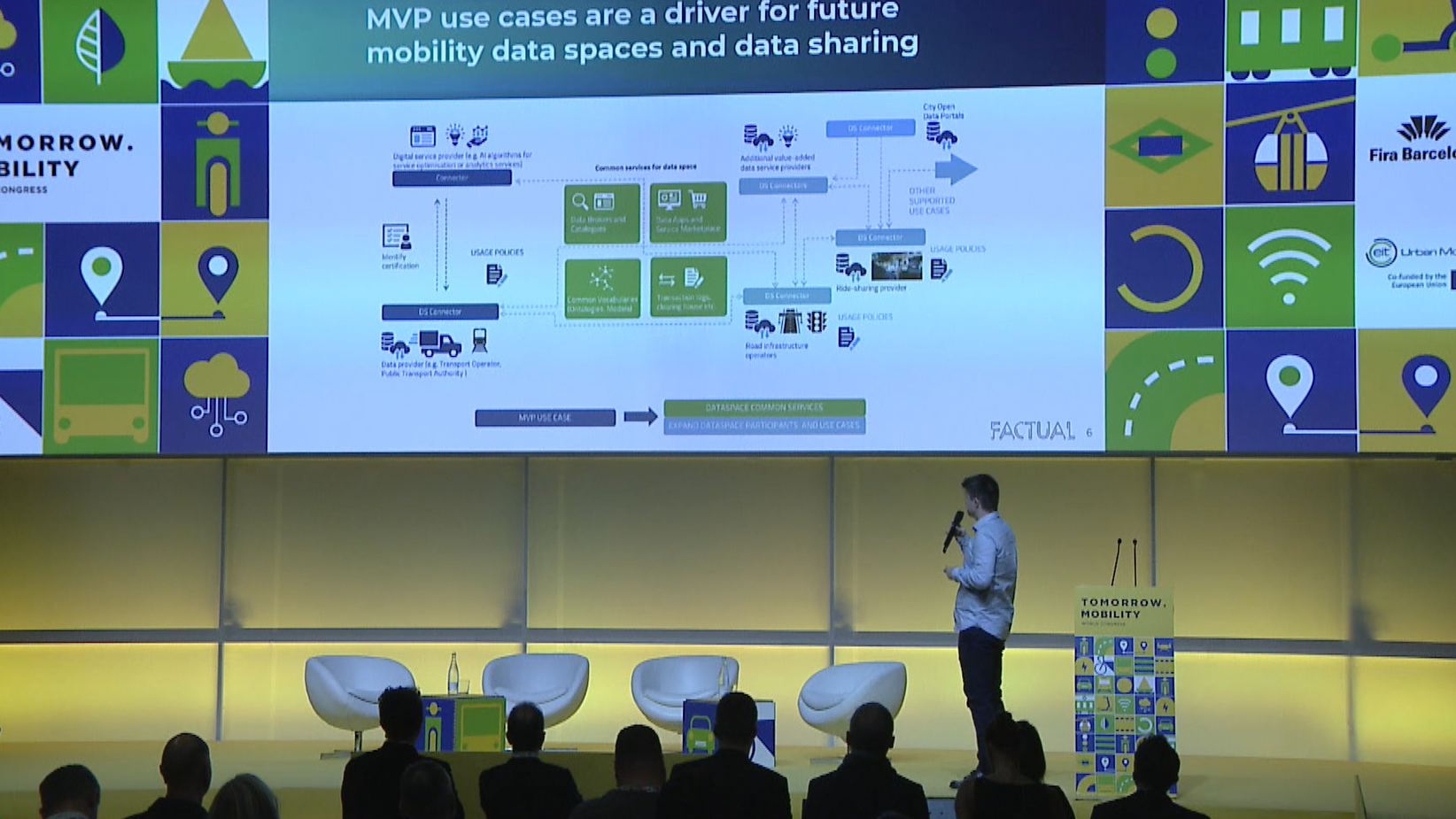This is a guest post by EIT Urban Mobility. EIT Urban Mobility is the leading innovation community for urban mobility in Europe, committed to accelerating the transition to sustainable urban mobility and more liveable urban spaces.

Cities worldwide are grappling with congestion, pollution, and inefficient transport systems that have historically been planned to benefit individual vehicle users. The mobility pyramid, modelled after the food pyramid, and originally published by Danish architecture firm JAJA, is a conceptual framework that prioritises transport modes based on sustainability and societal benefits, offering a structured approach to redesigning urban transport.
The mobility pyramid model is supported by findings from the second edition of the Costs and benefits of the urban mobility transition study, led by EIT Urban Mobility and developed with TRT Trasporti e Territorio, which explores three scenarios of emissions reduction through simulations in twelve city prototypes. The evaluation of these scenarios utilises carbon emissions indications, as well as the financial costs and benefits linked to the interventions, simulated to reach the Green Deal objectives. The findings of the study support the logic of the mobility pyramid, in which active mobility and then public transport should be prioritised over private motorised transport for both environmental and financial return.
Understanding the mobility pyramid
The mobility pyramid ranks transport modes based on their efficiency, environmental impact and societal benefits:
- Active mobility: The foundation of sustainable mobility – active mobility with net-zero emissions, should be the most ubiquitous for sustainable transport systems.
- Public transport: A scalable, efficient alternative to private cars that can help users get further, faster, when active mobility may not otherwise be a feasible option. Public transport systems should also be inclusive and accessible, available to all.
- Private motorised transport: The least sustainable but often dominant mode of transport, due to car-centric planning from the post-war period.
The study’s findings reinforce this hierarchy, showing that active mobility and public transport lead to the most significant health benefits, carbon emission reductions and cost savings.

The case for active mobility
Active mobility delivers substantial health and economic benefits. The Costs and benefits of the urban mobility transition study’s third scenario, which prioritised net-zero emissions by 2050, found that nurturing a shift to walking and cycling could generate health benefits that equate to roughly €850-1,170 per capita. The health benefits associated with greater active mobility can lead to public health savings that add up throughout time, and even small changes can have a profound effect. As cited in the study, the World Health Organization’s Health Economic Assessment Tool (HEAT) has found ‘greater levels of activity yielding greater benefits for individuals, particularly those who are induced into active modes from relatively inactive lifestyles.’ Thus, even a small adjustment to the level of activity can have great personal, and eventually public, benefit.
Public transport as the backbone of mobility
Public transport is essential for reducing car dependency and achieving net zero emissions in transport. The study highlights that investments in reliable and efficient public transit can increase ridership by 7% by 2030, shifting trips away from private cars (this is in combination with regulations such as low emissions zones that discourage individual car usage). Additionally, road traffic deaths decrease as users switch to public transport – as metros, trams and buses lead to safer streets.
Shared mobility solutions, such as bike-sharing and car-sharing, can serve as important connectors within the transport ecosystem – helping with last or first mile connectivity. While these services have the capacity to enhance accessibility, the study finds that they must be planned and prioritised to complement rather than compete with public transit. Without holistic planning, a poorly integrated shared mobility system can ultimately reduce public transport use rather than support it.
Addressing car dependency
The study’s three scenarios all aimed for a reduction in the share of private motorised transport, as the mode remains responsible for the greatest share of greenhouse gas emissions. While each scenario found differing reductions in car ownership and usage, restrictive measures such as low-emission zones (LEZs) and road pricing were shown to be effective in reducing car usage. In addition to policy restricting car use, funding supporting adjustments, such as financial support for people and businesses to adapt to LEZs and greater subsidies for public transport, allow for this shift to fully take hold. This multifaceted approach can be found with the success of scenario three of the study, which combines infrastructure investments in public transport and active mobility with strong regulatory measures dissuading private car use – which found a 16% reduction in private car trips by 2030.
Scenario three, the scenario assuming the highest reduction in private car trips is also the one that bears the least costs for users. The study found that achieving the strongest change in mobility habits away from private motorised transport and in favour of more public transport and shared mobility leads to the highest cumulated cost savings per inhabitant. The scenario found that there could be significant individual savings of up to €2,900 per inhabitant in 2030, and €15,000 per inhabitant by 2050.
Embracing the mobility pyramid for economic and environmental payoff
Transitioning to a mobility system aligned with the logic of the mobility pyramid yields significant economic and environmental benefits. Scenario three of the study, which prioritises public transport, shared mobility and active transport results in cost savings of up to €15,000 per capita by 2050 and greenhouse gas reductions exceeding 90%.
As evidenced by the results of the second edition of EIT Urban Mobility’s Costs and benefits of the urban mobility transition, cities must combine infrastructure investments with regulatory measures to prioritise active and public transport over private cars – and to achieve the greatest environmental, health and financial impact.
Want to know more? Read the full study on EIT Urban Mobility’s Knowledge Hub.











